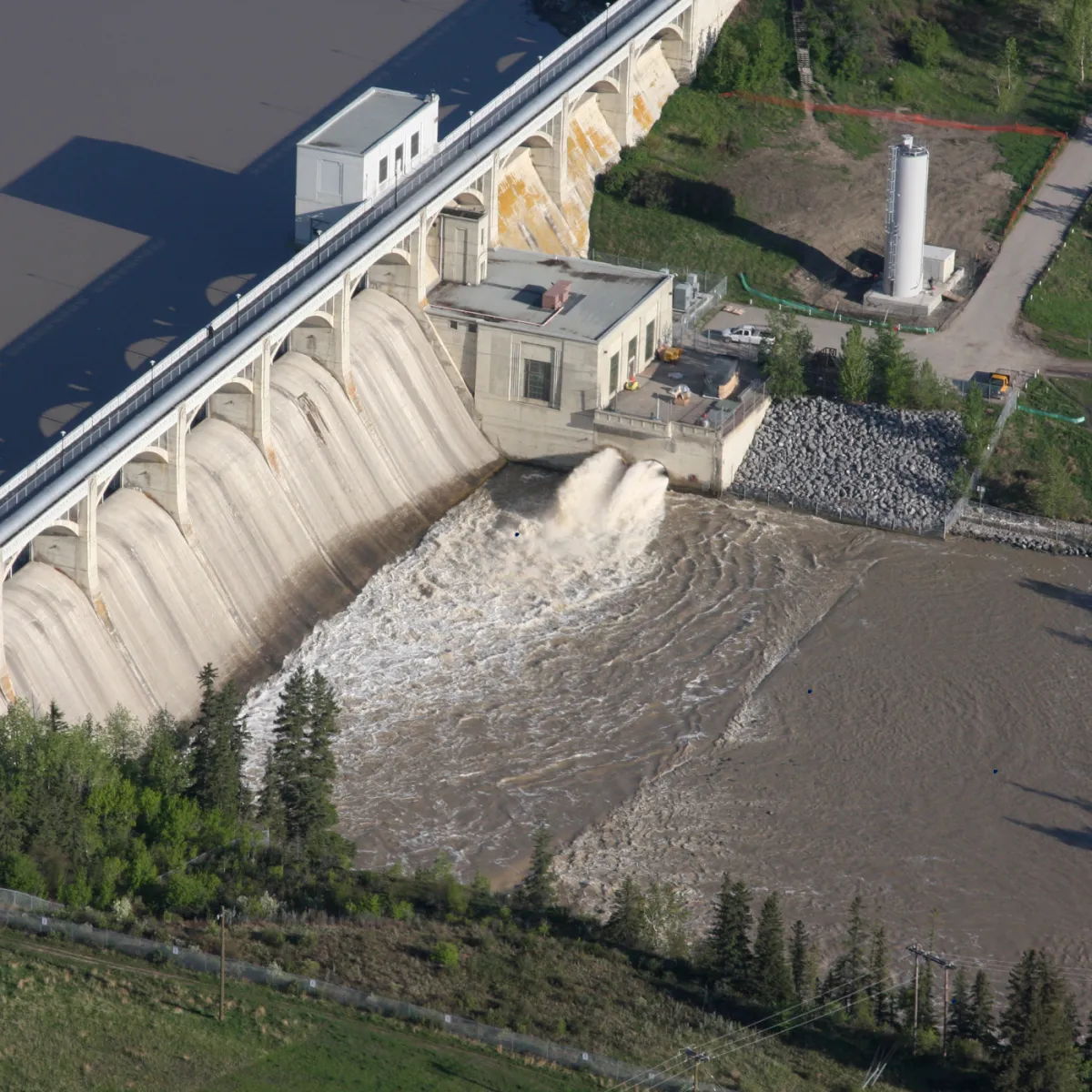Climate Resilience: Building Smarter, Safer Rural Communities
Future-proofing rural infrastructure—today. MicroP3 solutions for climate adaptation, disaster resilience, and green innovation..

Introduction
Small municipalities are on the front lines of climate risk, from flooding and wildfires to energy insecurity. The Climate Readiness initiative equips communities with modular, scalable, and co-funded climate infrastructure. Projects range from green retrofits and culvert upgrades to microgrids and natural infrastructure systems—all designed for rapid deployment under the MicroP3 model.
Who are we looking for?
Tier
Audience
Benefits
Anchor Public Partner
Municipalities, Emergency Services, Indigenous Governments
Reduced disaster risk, access to climate grants, improved community safety
Private Sector Partner
Clean tech firms, engineering consultancies, insurance & finance
New contracts, innovation pilots, ESG value creation
Supporting Stakeholder A
Provincial ministries, conservation authorities, philanthropy
Cross-jurisdictional coordination, regional co-investment, public visibility
Supporting Stakeholder B
Local utilities, schools, co-ops, climate-focused NGOs
Community-based adaptation programs, shared ownership of outcomes
Observer and Knowledge Partner
Academic researchers, citizen groups
Early case insights, influence on data frameworks
What Success Looks Like
Climate hazard assessments completed for participating municipalities.
MicroP3 projects launched: culvert upgrades, fire-safe retrofits, green roofs.
Grant funding unlocked from DMAF, GMF, and provincial streams.
GHG reductions tracked via retrofit and clean energy KPIs.
Resilient infrastructure integrated into land use and zoning policies.
New employment in green construction, retrofitting, and emergency services.
Community awareness and preparedness indicators improved.
Knowledge loop established to accelerate next-municipality replication.
How Our Network Accelerates Impact
Climate risk mapping and asset vulnerability scans.
Access to a curated vendor marketplace for tech and engineering.
Legal templates aligned to provincial DMAF, NIF, and IO frameworks.
Matchmaking for cross-sector and cross-community consortia.
Integrated dashboards for resilience, GHG, and cost-benefit metrics.
Templates for outcome-linked availability contracts.
Access to philanthropy-backed innovation risk pools.
Capacity-building with peer municipalities through cohort coaching.
Frequently Asked Questions
Q: What types of projects qualify?
Any capital improvements that mitigate climate risks—flood prevention, wildfire adaptation, energy resilience, and more.
Q: Is technical expertise provided?
Yes—our vendor marketplace includes engineering, procurement, and sustainability experts.
Q: Can small towns really deliver these projects?
Yes—with MicroP3 support models, legal templates, and funding alignment.
Q: How do we measure impact?
Metrics include avoided loss, emissions reduction, jobs created, and readiness levels.
Q: How long does it take?
Many projects launch within 6–12 months of kickoff.
Join our National MicroP3 Initiatives
National and Local Committee Membership available
Join as an Public Anchor, Private Sector Partner, Supporting Stakeholder, and Observer
Lead Initiatives that deliver real impact for your community and across Canada
Virtual Farming
Year Round Tourism
Mental Health
Climate Preparedness
Healthcare Access
Affordable Housing

Business Architecture
Flourishing Principles

Ecosystem
Optimization

Multi Stakeholder
Values

Global Flourish
CUSTOMER CARE
LEGAL
Copyright 2025. Global Flourish. All Rights Reserved.
